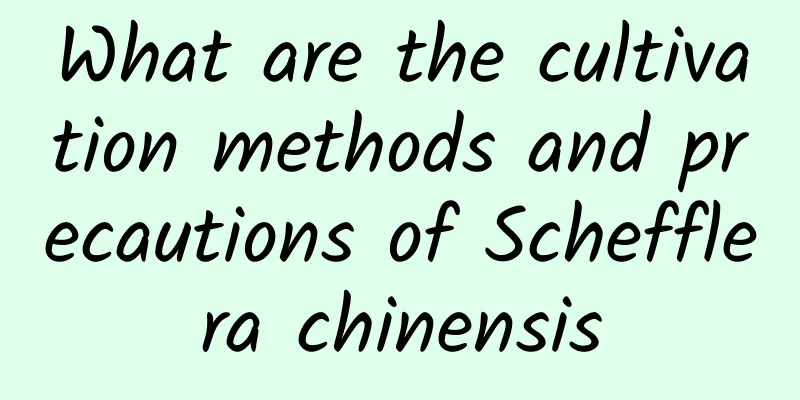How to grow Huanghuai Cassia

1. Maintenance methods1. Temperature: The temperature between 15 and 30 degrees is more suitable. According to its habits, it can withstand temperatures as low as minus two degrees Celsius for a short period of time, and general frost will not cause much harm to it. However, it is very afraid of wind, so it should not be blown by cold wind in winter. 2. Light: Overall, it is a neutral plant, slightly biased towards the positive side. If it is a young plant, it prefers shade. However, if it is an adult plant, its requirement for sunlight will be relatively higher. Therefore, it should not be placed in a too shady place for a long time. 3. Watering: Cassia tora does not require much water, and it has very good drought resistance. So, don't water too much. Also, when choosing a site for sowing, do not choose a place that is too low-lying, otherwise it will easily become waterlogged when it rains. 4. Fertilization: Yellow Sophora Cassia requires little fertilizer. Generally speaking, as long as there is an appropriate amount of nutrients in the soil, it will be fine. During the entire growing period, fertilizing once or twice is enough. 2. Breeding techniques1. Reproduction: A commonly used method is sowing, but the germination rate is generally not very high. Women can sow seeds on March 2 in spring. Before sowing, soak it in 40 to 50 degree warm water, and then sow the seeds. Specifically speaking, the "row sowing" method is most appropriate, with a row spacing of about 25 centimeters. In addition, it needs to be covered with soil about one centimeter thick. After about ten days, it will sprout. 2. Pruning: During the winter, probably after the leaves fall, pruning is required. It is also best to prune it after it blooms. Then as for its shape, you can cut it into the shape of a small tree. 3. Problem diagnosis and treatment1. Disease: The main disease is called "damping-off disease", also known as "damping-off disease". It can be treated with Grade A thiophanate. In addition, there is another disease called "stem rot", which can be treated with carbendazim and requires shade. 2. Pests: There are not too many pests. If they appear, they can be caught manually or treated with dichlorvos. IV. Other issues1. Toxicity: It is not poisonous and is also a medicinal material. 2. Can it be kept at home: Generally not. Firstly, because it is a shrub or tree, it is tall and takes up a large space; secondly, it is not an ornamental variety. |
<<: How to grow yellow candy orchid
>>: How to grow gray vegetables
Recommend
How do turtles spend the winter?
As a cold-blooded animal, the physiological funct...
How to care for the newly bought tiger skin plant
1. How to deal with the newly bought tiger skin o...
The growing environment and local conditions of Lugan
Lutangerine Growth Environment and Conditions Lug...
How to grow oleander
1. Lighting When caring for oleander, it should b...
Is the bougainvillea blooming frequently?
Illustrated Bougainvillea is a fast-growing varie...
The difference between Gloxinia and Hibiscus
1. Morphological differences 1 Overall First of a...
What is the best fertilizer for peach eggs?
Peach egg fertilization time Peach eggs need to b...
Does Milan prefer shade or sun?
Does Milan prefer shade or sun? Milan is easy to ...
The difference between physalis and violet physalis
1. Different varieties There are many types of ge...
What to do if the leaves of green radish curl up
1. Root Root damage is an important reason why th...
What flowers are suitable for growing in Bayannur, and what are the city flowers and trees?
1. Climate characteristics of Bayannur Bayannur h...
What is the vegetable of intestine cleansing grass?
What is the vegetable of intestine cleansing gras...
The taboo of seeing a money tree when opening the door. The feng shui taboo of placing a money tree at the door
The money tree is not only ornamental, but can al...
When is the best time to water the money tree? What kind of water is best for watering?
Money tree watering time When watering the money ...
How to grow Venus Flytrap to make the clips bigger? What to do if the clips turn black?
1. Breeding environment 1. Soil: The soil used to...









